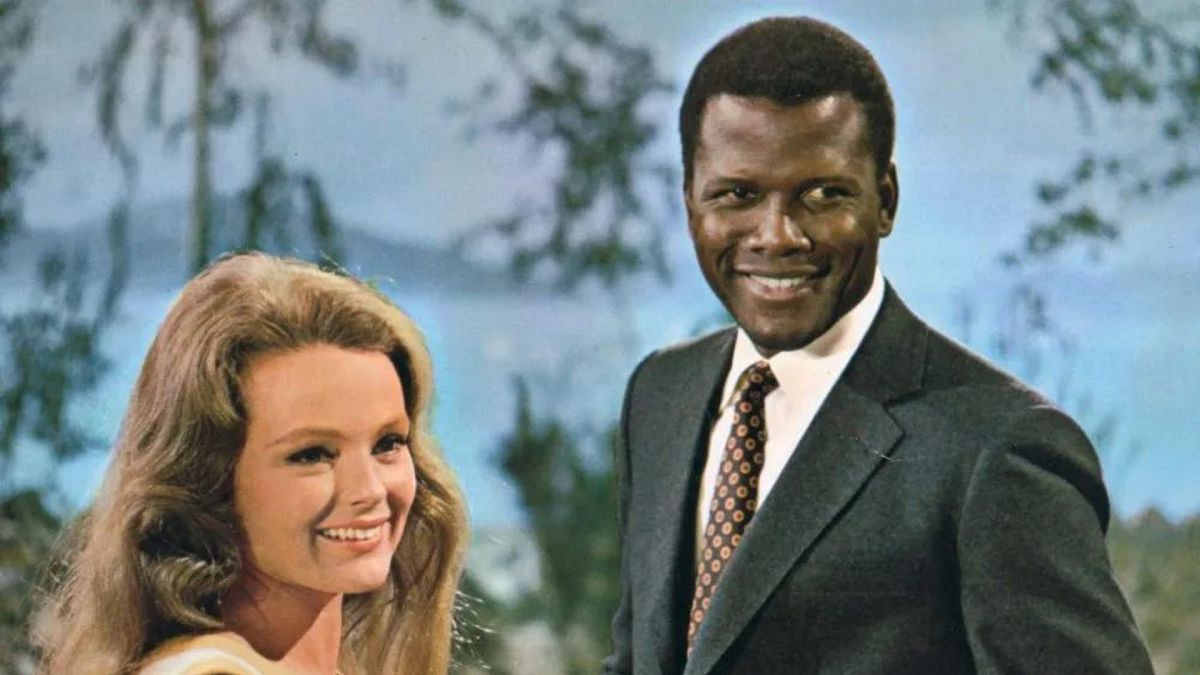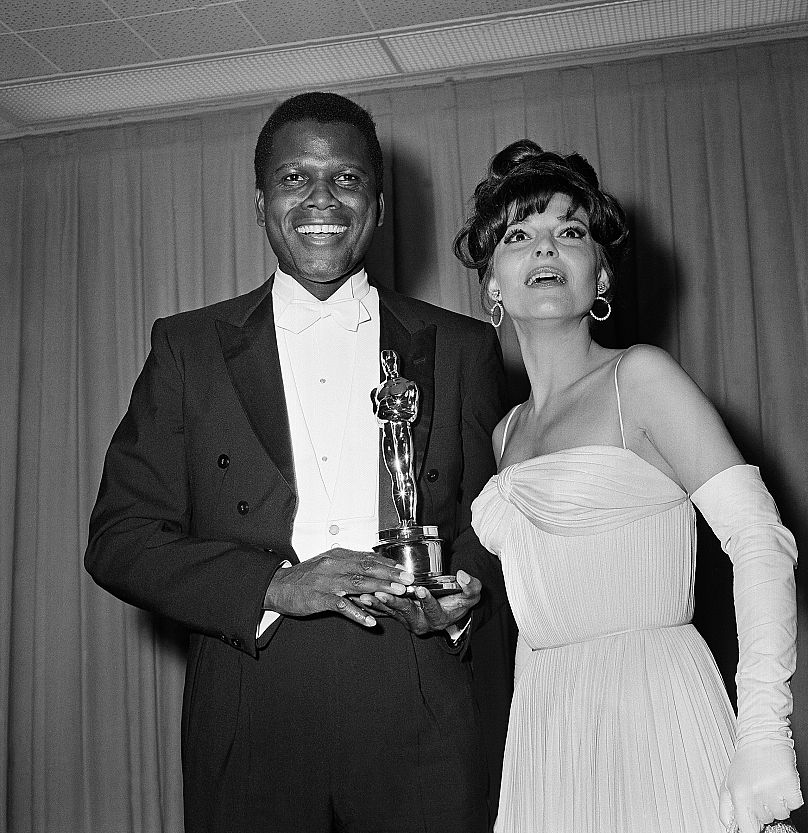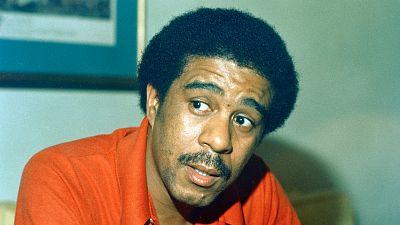11 December 1967: Guess Who’s Coming to Dinner is released. The pioneering US film with an interracial romance at the heart of its story.
The Hays Code was introduced in Hollywood in the 1930s to provide morality guidelines to film production. After the heady and experimental early years of film, the Hays Code effectively muzzled the creativity of filmmakers for the next three decades.
One of the damaging effects of the Code was that it censored filmmakers from portraying American life as anything other than the imaginings of bigoted conservatives. In the long list of “Don’ts”, the Code expressly forbids the depiction of miscegenation – or interracial marriage.
By the late 1960s, the Code’s relevance was waning, and filmmakers were beginning to get more freedom to express themselves. It’s this moment that the incredibly important film Guess Who’s Coming to Dinner hits cinemas.
Visionary director Stanley Kramer, who tackled racism and the rise of fascism in his earlier films, created the script with screenwriter William Rose about a romance between a white woman who falls in love with and marries a Black man.
Guess Who’s Coming to Dinner couldn’t have had a more perfect cast for the era. Katharine Houghton plays Joanna Drayton, the young girl in love. But it’s her real-world aunt and screen legend Katharine Hepburn and her partner in film and life Spencer Tracy who steal scenes as Joanna’s parents.
Then, of course, there is Sidney Poitier. One of the greatest actors in screen history, Poitier broke ground for future Black actors as the first man to be nominated for the Academy Award for Best Actor in 1958, and won the Oscar in 1964 for his starring role in Lilies of the Field.
In those days, Poitier was the de facto Black actor in Hollywood. Nevertheless, to combat critics, Kramer and Rose constructed the story so that their representation of an interracial marriage would ruffle the fewest feathers.
The pair constructed Poitier’s character to be entirely beyond recrimination. Poitier played Dr. John Wade Prentice, a medical doctor shown to be intelligent and considerate in all ways. Prentice works with the World Health Organisation, refuses pre-marital sex when offered, and leaves money behind for his hosts when he makes a long-distance phone call. Although previously married with a child, his wife and son have also been conveniently killed off-screen in a tragic accident.
With Prentice’s character completely idealistic, the only objection a viewer could have to his marriage to Joanna would be on the grounds of his race.
It’s a point that comes up in the film several times when Joanna’s father Matt Drayton (Tracy) relays his concerns that the couple will face hardships due to the realities of America. Despite Matt’s era-typical deflection, eventually he succumbs to Prentice’s charm and recognises the value in young love.
When it was released, Guess Who’s Coming to Dinner was pioneering in its representation of interracial marriage for a Hollywood film. When it was filmed, interracial marriage was still illegal in 17 states.
Just six months before it was released, the US Supreme Court had outlawed anti-miscegenation laws in the Loving v. Virginia case, making interracial marriage legal across the entire country.
Viewers and critics enjoyed the film for its contemporarily relevant twist on a classical-romance plot. Alongside praise for its racial representation, it was also noted as the last film appearance of Tracy, who’d died on 10 June 1967.




